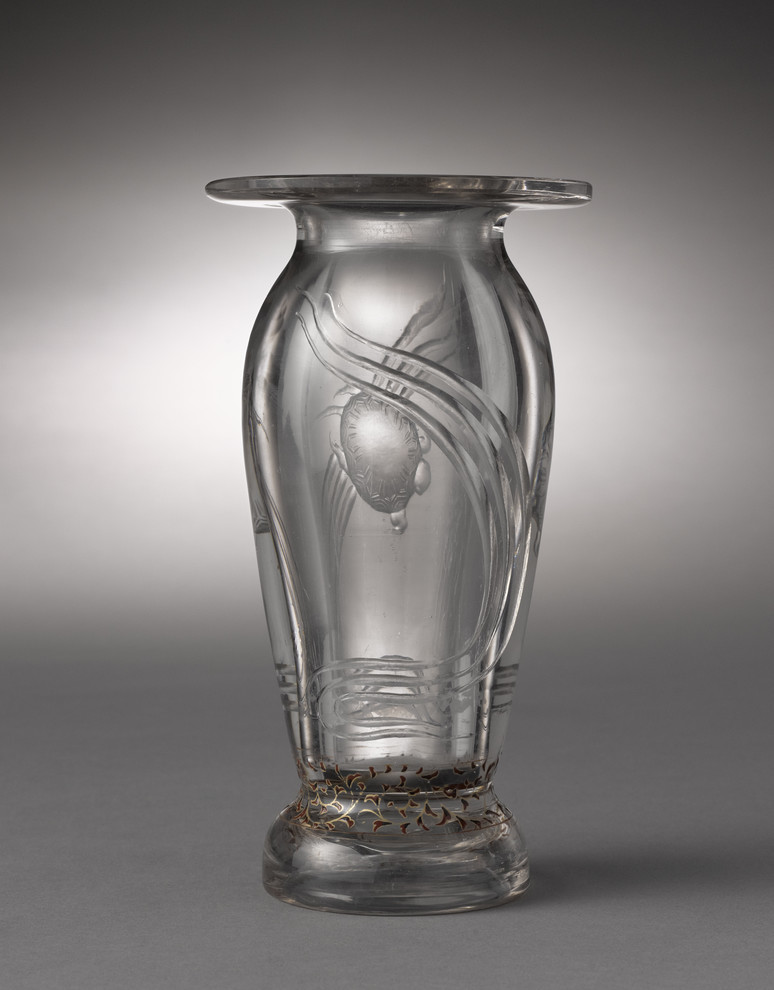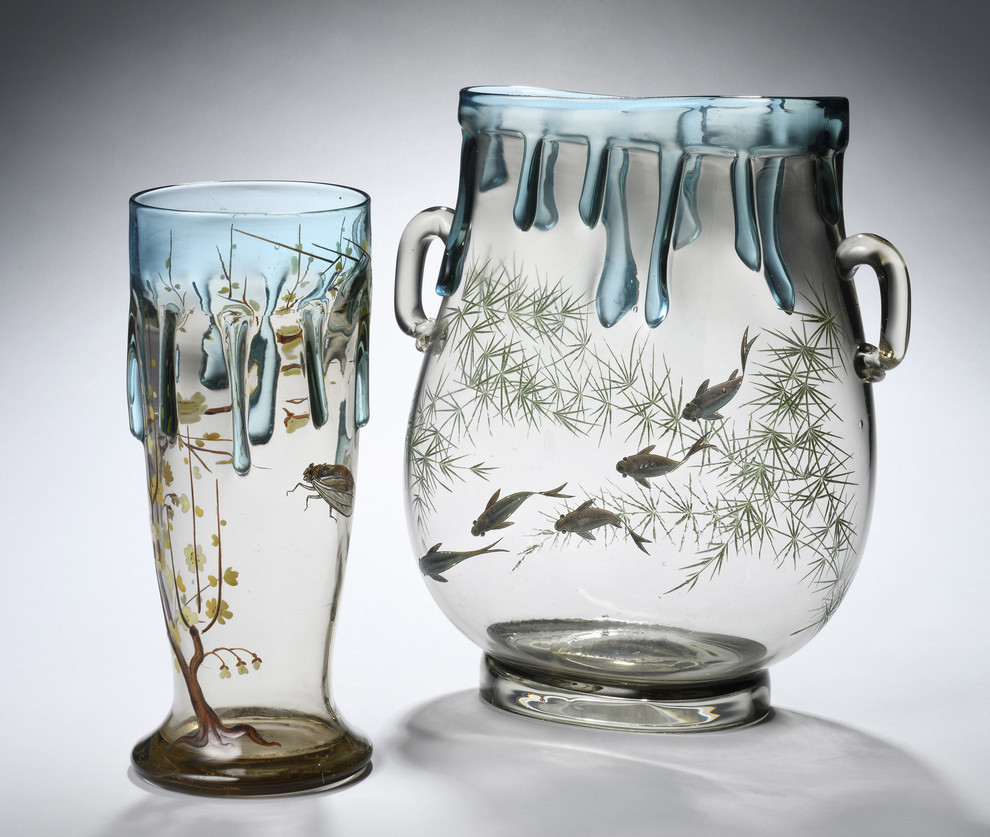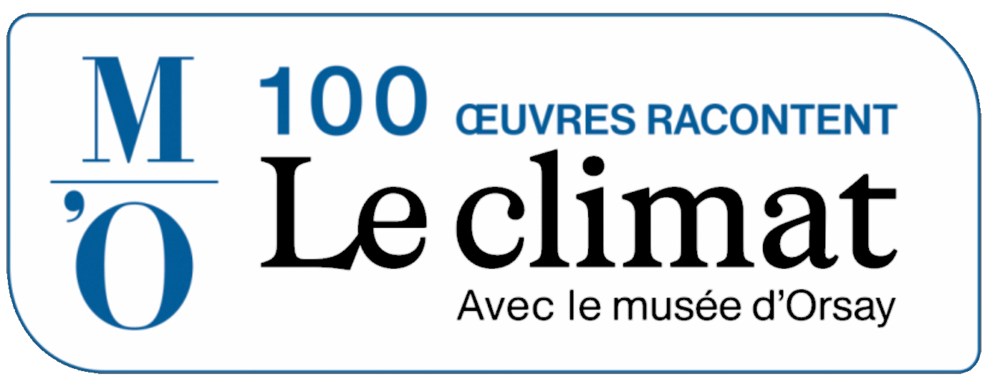The Japanese-style glass vases of François-Eugène Rousseau

The Japanese-style glass vases of François-Eugène Rousseau By adapting the Japanese style to French taste during the second half of the 19th century, the art object publisher François-Eugène Rousseau is one of the main actors in the dissemination of Japonism in France.
The close relationship that Japan has with nature is rooted in the ancient beliefs of Shintoism and Buddhism. It gradually developed into various artistic practices such as that of printmaking, whose dissemination in Europe contributed to the discovery of Japanese art during the second half of the 19th century.
Among the main actors in the dissemination of Japonism is notably François-Eugène Rousseau (Paris 1827 – Paris 1890). From a simple porcelain and crystal merchant, he also became a publisher of art object models by adapting the Japanese style to French taste. Indeed, in 1866, a year before the Universal Exhibition in Paris, which marked Japan's first participation in a major public exhibition abroad, Rousseau had an earthenware service decorated with Japanese motifs etched by Felix Bracquemond published at the Creil factory. Buoyed by the commercial success of this first service, he repeated it in 1873 with Henri Lambert, in order to publish a second service inspired by Japanese prints.
It was probably at the time of the production of this second service that Rousseau also oriented his activity as a merchant-publisher towards the production and distribution of Japanese-style glassware. Among his first models are the Tears vases, which were a great success at the Universal Exhibition of 1878. Shaped hot at the Appert brothers' glassworks in Clichy, his vases are decorated with colored glass applications and engraved, enameled and gilded Japanese motifs (cherry blossoms, carp), as they appear on the two vases kept at the François Décorchemont glass museum. It was also at this time that Rousseau had the vase decorated with an engraved turtle made at the Musée d'Orsay.
Presented together in the display case "Orientalism, Japonism... the beginnings of Art Nouveau", Rousseau's vase loaned by the Musée d'Orsay will interact with those at the François Décorchemont glass museum to remind us that global warming has a real impact on biodiversity, and in particular on animal species such as those that enamel Rousseau's Japanese-style glass vases.

100 works that tell the climate with the Musée d’Orsay
Each year, the Musée d'Orsay selects 100 works from its collections to disseminate them throughout France and highlight a major contemporary subject. In 2025, the climate is in the spotlight: a dialogue between art and science is proposed in 31 museums, accompanied by a reference work to explore the major ecological issues of our time.
